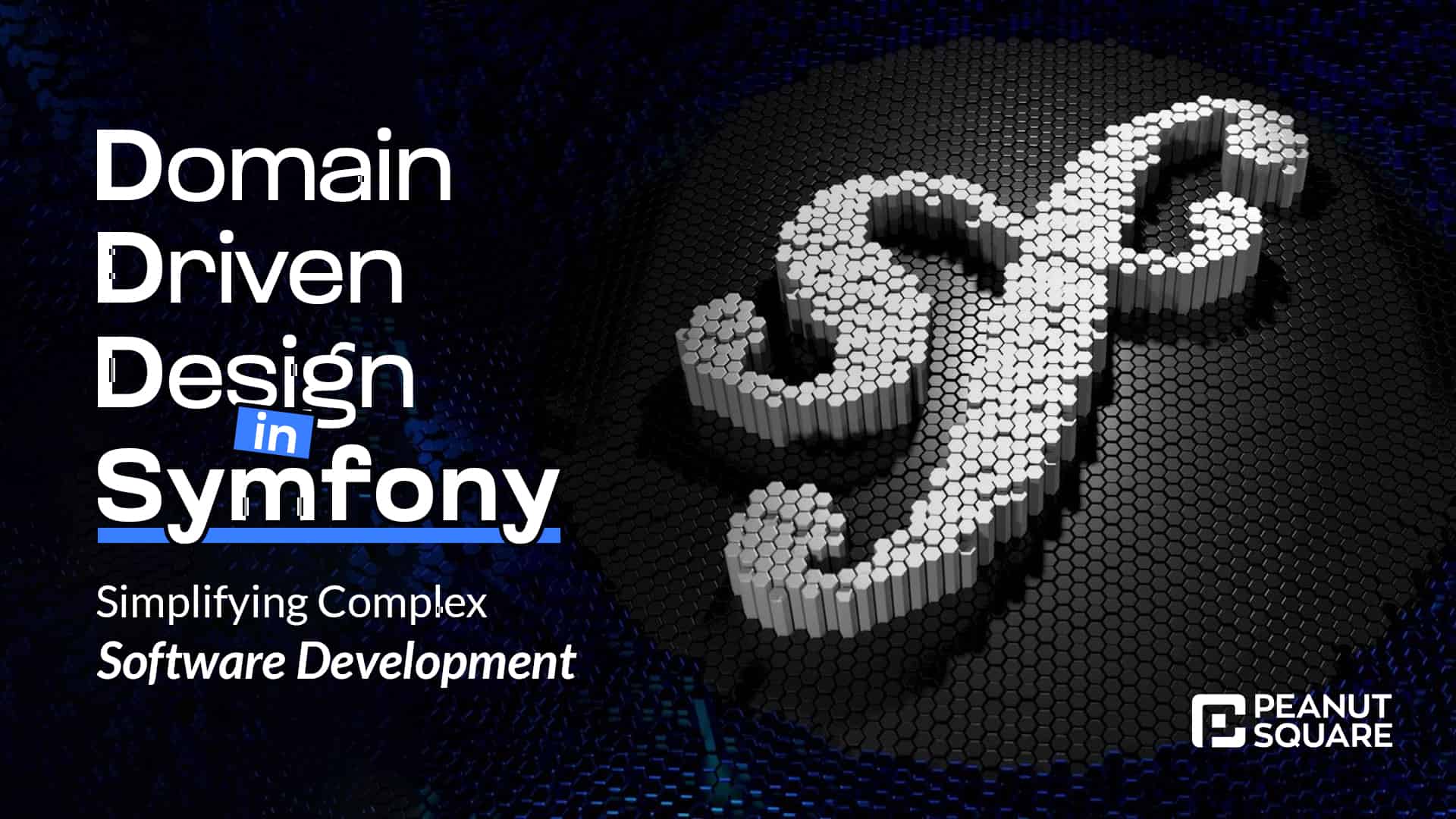Symfony Domain-Driven Design: Simplifying Complex Software

29 November
In the dynamic realm of software development, complexity often arises as projects grow in scale and ambition. This is where Domain-Driven Design (DDD) emerges as a powerful approach to tame complexity and foster a deeper understanding of the business domain. DDD emphasizes modeling the business domain accurately, fostering a shared language between domain experts and developers, and structuring the application around core domain concepts.
Symfony, a robust and versatile PHP framework, provides an excellent foundation for implementing DDD principles. Its flexible architecture and rich ecosystem of tools seamlessly integrate with DDD practices, enabling developers to build maintainable, scalable, and domain-centric applications.
Key Principles of DDD in Symfony
-
Ubiquitous Language: Establish a shared vocabulary between developers and domain experts to ensure a common understanding of the domain.
-
Bounded Contexts: Divide the domain into self-contained modules, each with its own domain model and responsibilities.
-
Entity and Value Object: Model domain entities as mutable objects with unique identities, and value objects as immutable data carriers.
-
Aggregate Root: Encapsulate related domain objects within an aggregate root, managing the consistency and lifecycle of the aggregate.
-
Domain Model: Represent the business domain through a rich domain model, capturing business rules, invariants, and behavior.
-
Domain Logic: Encapsulate business logic within domain entities, ensuring that business rules are enforced within the domain model.
-
Repository: Provide an abstraction layer for accessing and persisting domain entities, shielding the domain from infrastructure concerns.
-
Application Services: Orchestrate interactions between domain entities and external systems, coordinating complex business processes.
Benefits of DDD in Symfony
-
Improved Understanding: DDD promotes a deeper understanding of the business domain, leading to better-aligned software solutions.
-
Reduced Complexity: By structuring the application around domain concepts, DDD helps manage complexity as the project grows.
-
Maintainability: Domain-centric code is easier to understand, maintain, and evolve over time.
-
Scalability: DDD principles facilitate building scalable applications that can adapt to changing requirements.
-
Testability: Domain-centric code lends itself to unit and integration testing, ensuring software quality.
-
Communication Enhancement: DDD fosters clear communication between domain experts and developers, bridging the gap between business and technology.
Implementing DDD in Symfony
Symfony provides various tools and techniques to implement DDD principles effectively:
-
Doctrine ORM: Leverage Doctrine’s object-relational mapping (ORM) capabilities to persist domain entities and value objects.
-
Symfony Collections: Utilize Symfony’s collection classes to manage domain entities within aggregates.
-
Event System: Employ Symfony’s event system to propagate domain events and trigger reactions.
-
Custom Bundle Structure: Create custom bundles to organize and isolate domain-related code.
-
Dependency Injection: Utilize dependency injection to decouple domain logic from infrastructure concerns.
-
Service Layer: Implement a service layer to orchestrate interactions between domain entities and external systems.
-
Testing Frameworks: Employ Symfony PHPUnit Bridge and other testing frameworks for comprehensive unit and integration testing.
Conclusion
Domain-Driven Design and Symfony form a powerful combination for building complex software applications. By embracing DDD principles and leveraging Symfony’s capabilities, developers can create maintainable, scalable, and domain-centric solutions that align with business needs and evolve seamlessly over time
Explore more BLOGS : Click Here!





